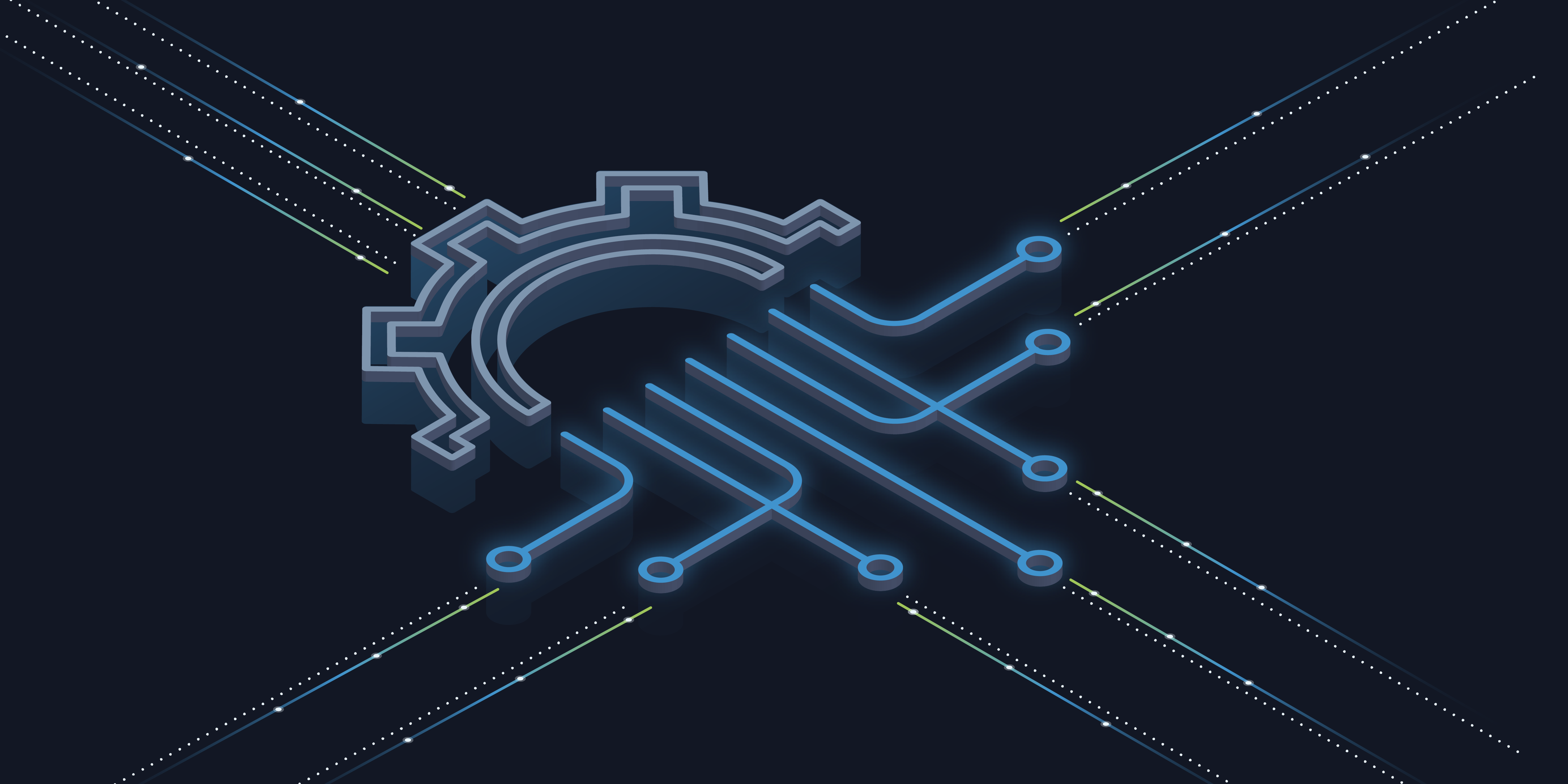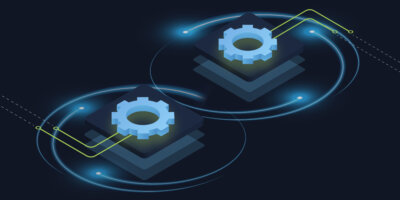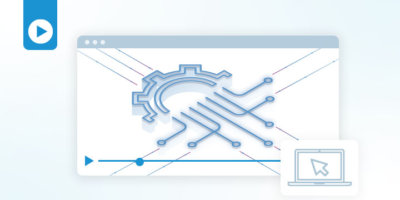According to Gartner research, turnkey integration of key tools and vendors is a critical capability for network automation. However, most network software vendors create a challenging integration environment with custom code requirements, high costs of integration, long project timelines, and limited versatility of the systems they’re integrating. In addition, an organization’s internal structure or workflows can also create challenges and additional costs.
Essentially, in the traditional model, for every dollar a company spends on introducing a new technology or system to the network, they have to spend multiple dollars to integrate it with their existing environment. The result is what some refer to as an “integration tax.” This can lead to hard choices for companies, with comprehensive integration becoming either too costly or too time-consuming and forcing teams to only integrate a few essential systems, solve for only portions of larger processes, or forgo adopting certain tools and technologies altogether.
Removing Silos to Advance Automation
When it comes to mitigating the integration tax, the first place to look is inward. Most organizations have, over time, created siloed teams oriented around specific areas of subject matter expertise. While that may make sense from an organizational perspective, a siloed approach also creates an environment where enterprises are only able to automate individual tasks within those silos. As infrastructure continues to evolve and the lines between cloud and on-premises infrastructure blur, the traditional siloed approach can be a major roadblock to success.
To overcome this challenge, every team should identify which of their existing tools and systems can be leveraged within their current environment, understanding the immediate value they offer and selecting the “right tool for the right job.” Next, they should look for opportunities to eliminate hand-offs between siloes, developing more effective strategies for sharing data and tool capabilities. Taking the time to review internal structures and identify opportunities to break down silos and share data will speed integration of automation solutions and reduce costs.
Choose the Right Network Automation Tools
After looking inward to remove internal barriers, organizations can then look outward and select the right automation solutions that enable true integration across a complex and evolving network environment.
The network automation landscape continues to change rapidly and the number of automation and orchestration tools and technologies now available for organizations has skyrocketed. Network engineering and operations teams have many options to choose from, including scripting languages, Robotic Process Automation (RPA) tools, automation platforms, and open source tools. Given these options, it’s more important than ever for networking professionals to select their tools carefully in order to see the most impact at the best cost.
Once in place, an effective automation solution allows an organization to leverage all of its existing tools and systems, as well as the flexibility to switch out and replace tools. Even better, having one solution to oversee them all — connecting everything, regardless of vendor or domain, especially if that tool is designed for low-cost, rapid integration — can maximize an organization’s automation benefits while minimizing the cost of integration. Since integration can be one of the most significant challenges when organizations look to expand the reach of automation, a platform like Itential that makes integration its primary focus can be a significant value add.
Tips & Strategies
In addition to streamlining workflows and selecting the right tools, organizations have multiple other options to address the key challenges that impede the ability of engineering, NetOps, and DevOps teams to interact and collaborate across networks and new technologies, including:
- Leverage Real-Time Integrations. Rather than manual integrations, teams should create real-time integration capabilities, as well as software-generated adapters and workflow objects, to reduce integration time.
- Take a Platform Engineering approach. The Platform Engineering movement has gained momentum in the software world because it provides a self-service environment for developers. Similarly, network teams can create self-service versions of their network automations, enabling users to leverage those capabilities and integrations.
- Go codeless. Most systems speak different languages. For example, while many systems use REST APIs, the payloads that the systems use to describe the network are frequently very different, creating impediments for integration. Codeless integration capabilities can overcome those obstacles and empower users to integrate quickly with any API-managed IT system, network controller, or cloud platform that the organization wishes to use.
- Embrace Data Transformation Capabilities. Data transformation can allow organizations to transform the data payloads that come from different integration points and enable an automation system to incorporate that data into automation flows, replacing complicated scripts.
By addressing those challenges and others, organizations can avoid the integration tax and facilitate faster, easier change and innovation.
Want to learn how exactly the Itential Automation Platform addresses each of those challenges? Check out this recently-published white paper that’s focused on our two U.S. patents, the pillars of our unique and innovative approach to network integration and orchestration.
Article originally published on www.NetworkingComputing.com.





